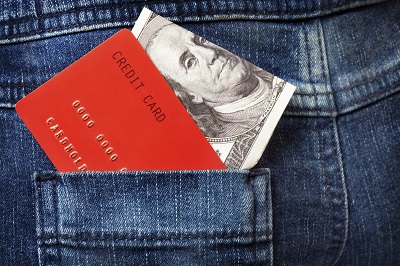Your cart is currently empty!

Including Prices on Your Website
Allowing people to buy things, register for things, book appointments, and pay their bills online is now so easy that more companies are providing this for their customers — and therefore more companies are having to deal with related issues in their web design.
While we might like to give a simple answer to how website owners should approach prices on their websites, there really isn’t a one-size-fits-all solution. There isn’t even a one-size-fits-all question.
Here are some examples of price-related questions we’ve seen recently in the sites we’re working on:
- A B2B service professional who has a payment gateway on her services page — but no prices. It’s handy for her current customers if they want to pay there after receiving an invoice, but confusing for new visitors.
- A “View Cart” button prominent in the top right corner of a website which has nothing on the home page to suggest that they’re selling anything. Again, confusing for new visitors.
- A company wanting to allow customers to buy financial products directly from the website and struggling with the security and privacy issues involved.
- A company wanting to add e-commerce options to the site, but not sure how, when, or where to show prices.
- An online service which still hasn’t settled on exactly how to monetize their service or how much to charge. They want to be able to try out different prices.
Phil Barden, in Decoded: The Science Behind Why We Buy, shares some research from brain scans that gives insight into how our brains approach issues related to price.
Subjects were shown a product. There was activity in the pleasure center of the brain as subjects remember their positive experiences with the product and their good feelings about the brand. Then a price was added to the picture. There was activity in the pain center of the brain as the subjects thought of having to give up something — money. Barden acknowledges that the idea of shopping activating the pain center may seem surprising — shopping continues to be one of the most popular free time activities for Americans. However, he points out, “there is no shopping module in the brain, nor is there a ‘buy button’.”
What happens in the brain when people shop is activity in the pleasure center and activity in the pain center. The decision of whether or not to buy has to do with the ratio of pleasure to pain: if the pleasure is more intense than the pain, subjects answer “yes” to the question “Would you buy this product?”
In real life, as opposed to experiments, a second decision-making element can kick in as we begin to make reasoned decisions, but that is a second system. We only get to the logical decision making if our first pleasure/pain response doesn’t reject the possibility of buying.
On your website, then, you want to present prices in ways that make the pleasure greater than the pain of the price. The benefits of what you have to offer must be clear, with the value shown well enough to make the pleasure response outweigh the pain of paying for it.
Leaving prices off the website can sidestep the pain response, but the logical decision making process then kicks in and it might say, “Well, if they don’t mention a price it must be expensive.” Worse yet, having the price several clicks in can mean that the pleasure response is over by the time your visitor sees the price. The pain of the price is then experienced without the pleasure to compare with it.
Broadly speaking, the goal should be to increase the intensity of the pleasure response by showing your product as having the highest possible value. The price should be presented as painlessly as possible, but certainly as a small price for the value received. Then you must — especially if you’re not dealing with a strongly branded product — have some features and benefits for the second, logical decision-making system in case the immediate pain/pleasure decision is not conclusive.
Sounds like a tall order, doesn’t it? Yet beginning with the goal in mind always makes it easier to map out a path to that goal. Call Julianne at 479.966.9761 to discuss how we can help you reach your goals.
by
Tags:

Leave a Reply